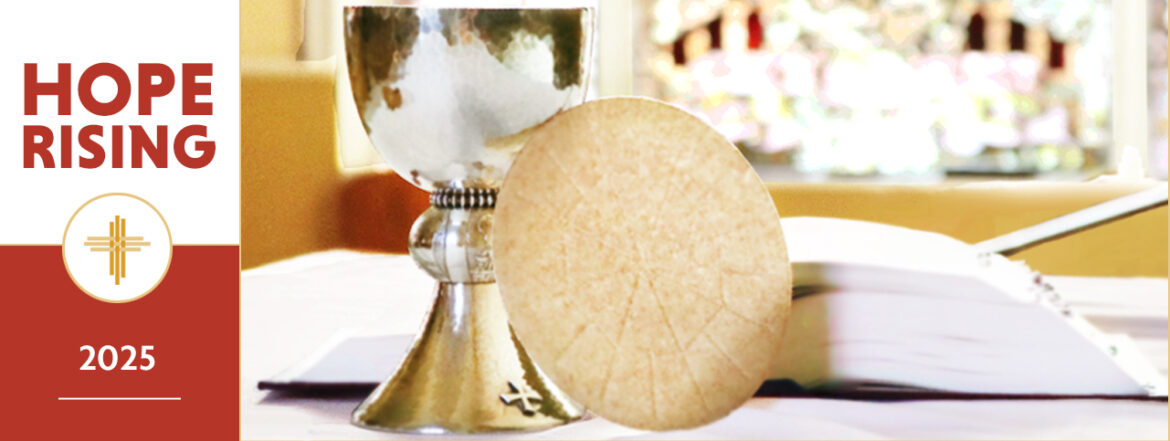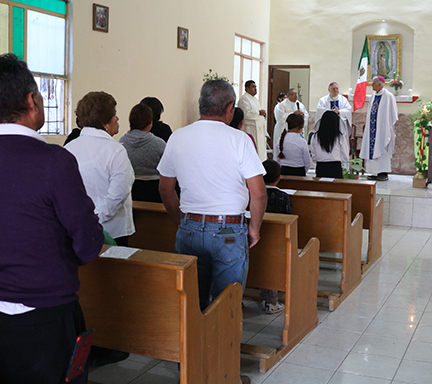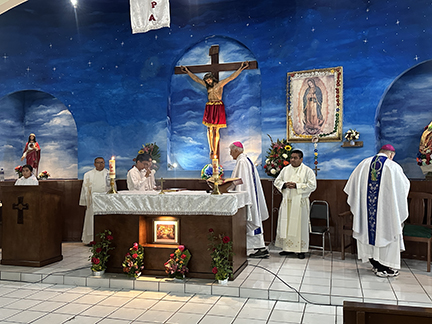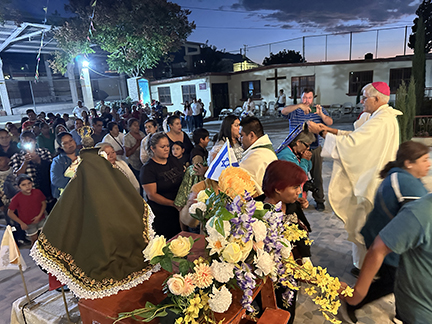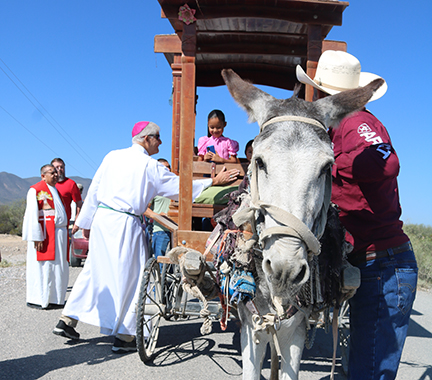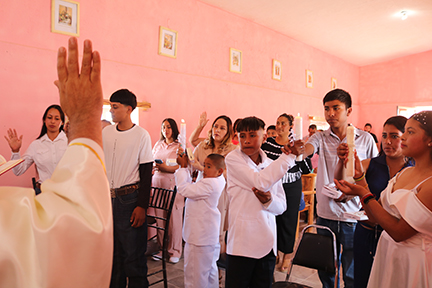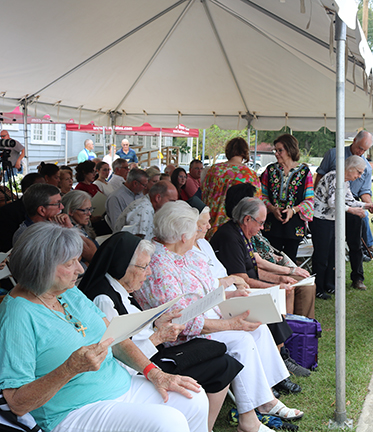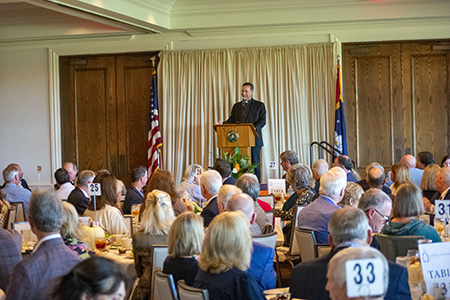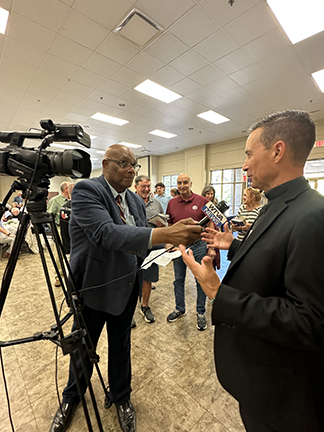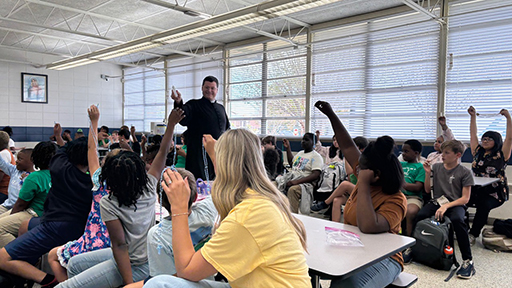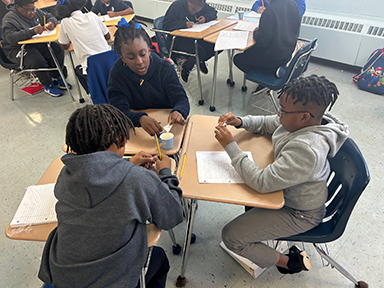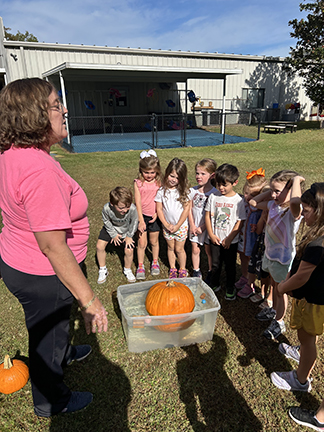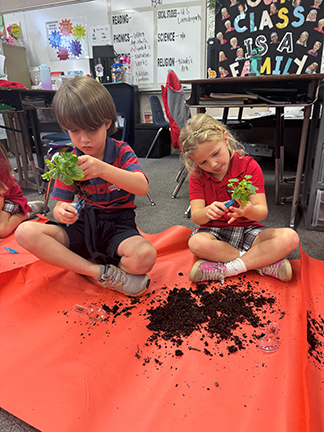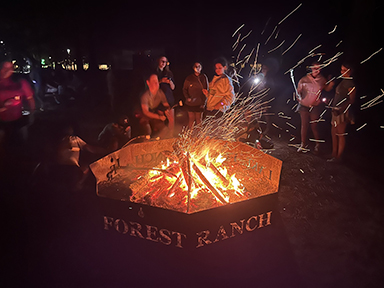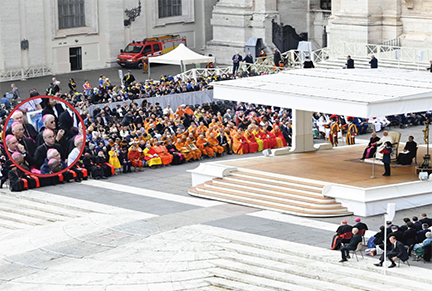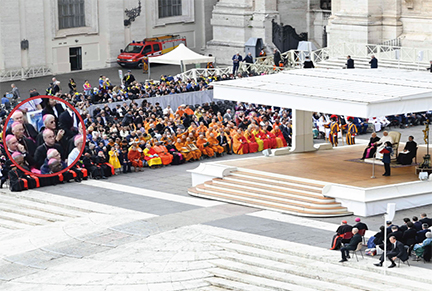At St. Elizabeth Catholic Church in Clarksdale, faith is growing strong among the parish’s young people thanks to Catelin Britt’s “yes” to God’s call – and the vital support of the Catholic Service Appeal (CSA).
For the past eight years, Catelin has served the parish in various ways and now leads as the Coordinator of Religious Education. Her journey in ministry began long before she joined the Catholic Church.
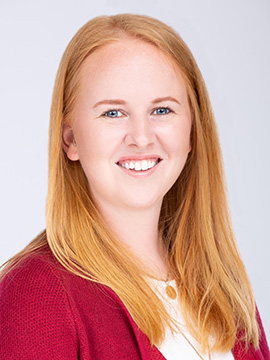
“It started when I was in ninth grade,” Catelin said. “I was asked to be a WYLD Life leader for middle school students. Sharing faith with them and walking through life together really shaped me.”
When she entered the Catholic Church in 2017, Catelin jumped right into parish life. “I was asked to help with Vacation Bible School and said yes right away,” she recalls. “It was chaotic, tiring, but so fulfilling!” That experience led to more opportunities – teaching First Communion prep, Sunday School, and eventually youth ministry. “Whenever I’ve been asked to share my faith, I’ve always said yes. God calls us to use our gifts to evangelize.”
Serving youth has also deepened her own faith. “I spend a lot more time in prayer now, especially for each child in our program,” Catelin said. “It’s also pushed me to keep learning about my faith so I can better guide them.”
Over the past few years, Catelin has witnessed incredible growth among the parish’s youth. “We’ve seen more participation not just in youth group, but at Mass,” she said. “We even have several young men discerning entering the church, inspired by their peers’ love for the faith.”
Thanks to support from the Catholic Service Appeal, ministries like Catelin’s continue to thrive. “The CSA eases financial burdens and allows us to focus on the kids,” she said. “Every dollar helps create opportunities for them to grow in faith. Generosity truly changes lives – and it’s helping form the church of today and tomorrow.”
To support youth ministry and other vital diocesan programs, visit jacksondiocese.org and make your gift to the Catholic Service Appeal today.
The annual Catholic Service Appeal unites Catholics across the Diocese of Jackson to support 14 vital ministries that serve local communities. From faith formation and youth ministry to seminarian education and clergy healthcare, these initiatives help carry the Gospel’s message to those in need throughout the diocese. Give today to help these ministries thrive.
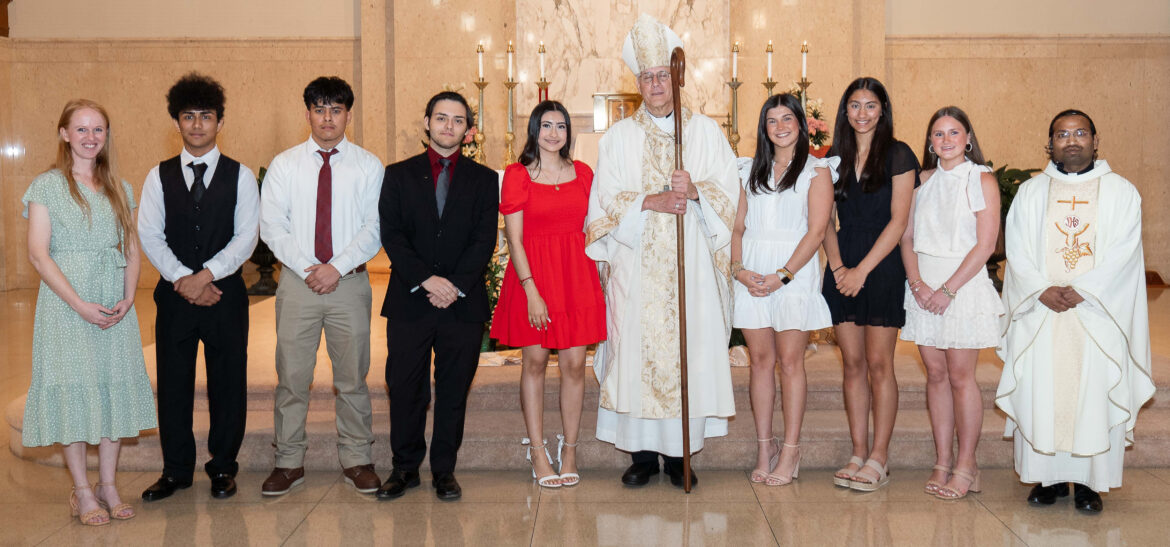
Click here to DONATE to the CSA in support of faith formation
